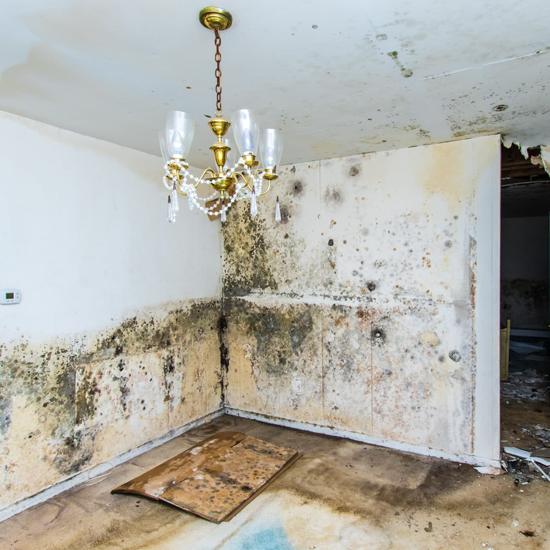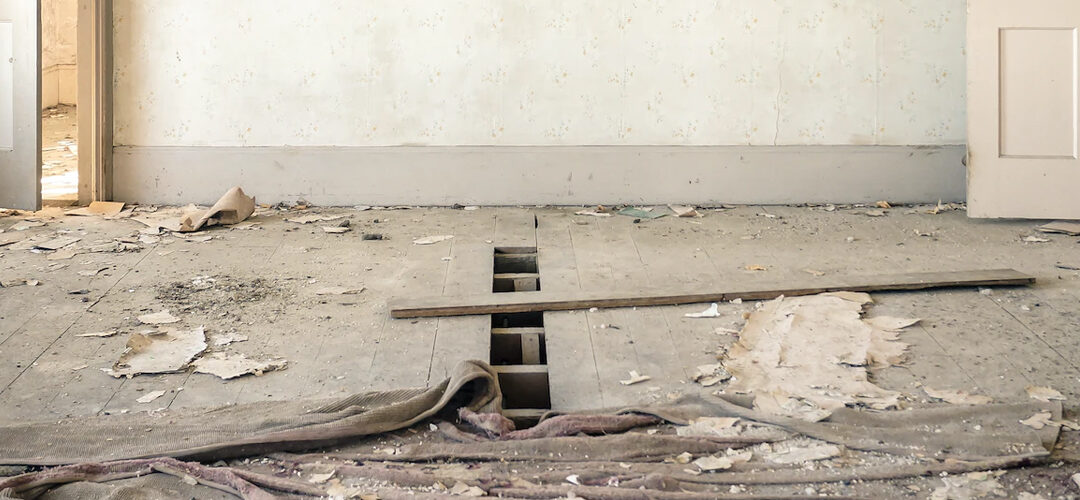It shouldn’t come as a surprise, but your basement is constantly at risk from water. Whether that is moisture build-up in the walls or even water seepage through your home’s foundation, basements are at high risk of water damage. Fortunately, before it goes from bad to worse, you can always look for signs of water damage. Your home will always give you warning signs before anything bad happens. Learn to look out for them.
Thankfully, you can look no further than the walls of your basement for these signs. Also, please be mindful that if left unchecked, these signs of water damage can lead to severe consequences for the structure of your home. Therefore, it is advised that as soon as you see something that doesn’t look like it, act immediately.
In this article, we will discuss the various signs of water damage in the basement walls. We’ll also advise you on what you can do about these signs of water damage. Let’s get started.
The Various Signs of Water Damage
Mold or Mildew Developing on the Walls or Corners
 Basements are the perfect breeding ground for mold and mildew. They develop in damp, humid, and dark conditions that basements are known for. Look for spots of discoloration on the walls and a mild but foul smell. This smell indicates how much mold has formed on your walls.
Basements are the perfect breeding ground for mold and mildew. They develop in damp, humid, and dark conditions that basements are known for. Look for spots of discoloration on the walls and a mild but foul smell. This smell indicates how much mold has formed on your walls.
Mold growing on walls is standard and the most obvious indicator of water damage and abundant moisture in the basement. View zavzaseal.com for more information.
Be mindful that mold growing in your home can be extremely dangerous for you and your family. Allergens (molecules that can trigger an allergic reaction), irritants, and sometimes toxic agents are all produced by mold. When inhaled or touched, mold spores can trigger allergic reactions such as sneezing, runny noses, red eyes, and skin rashes. Asthma episodes can also be brought on by mold.
Flaking or Peeling of the Wallpaper and Paint
Excess moisture is the most common reason behind flaking or peeling paint on basement walls. Paint loses its stickiness when it is exposed to moisture. The primary sources of moisture in the basement are groundwater leaks, rain, and snowmelt. Excessive moisture in the soil near basement walls is frequently caused by landscaping, downspouts, and gutters that don’t drain water far enough away from the foundation. Even your wallpaper might peel as a result of leaking or wet pipes.
Efflorescence and White White, Chalky Stains
Minerals left behind as water evaporates cause white, chalky stains on concrete basement walls and floors. These are what people call efflorescence. Wherever too much moisture enters the basement walls or floor, efflorescence develops there. Wall cracks, the wall-to-floor joint, and porous concrete joints are common opening sites for efflorescence. The white streaks are a typical symptom of water damage, even though there might not be apparent water leaks or puddles of water. Efflorescence is harmless and simple to remove. However, to stop it from returning, the moisture issue’s source needs to be taken care of permanently.
Cracks or Crumbling the Wall
The walls of your basement can develop cracks because of water damage. The more cracks a wall has, the more water can enter a basement. Picture this: water can keep collecting through the walls because of improper drainage. This can make the foundation of your basement so weak that the whole structure can collapse. It is dangerous to have cracked walls that let moisture and water in.
Not to mention, the threat of mold and mildew developing increases tenfold. After all, what better environment for mold to thrive than the damp, cold walls of your basement? Plus, if your basement has little to no ventilation, that is the perfect catalyst for mold development.
Fortunately, if you act quickly, you can prevent any long-term and severe damage. It is always recommended that you let professionals handle all mold-related issues. This is because inexperienced people can catch harmful diseases by breathing in the odor that mold and mildew carry.
Related Blog Posts:
- What Should I Do About the Cracks in the Basement Wall?
- Basement Cracks Repair: Do It Yourself vs. Hiring a Pro
- How to Repair Leaking Basement Wall?
- How Long Does the Restoration Process Take for Homes With Water Damage?
- What to Do If Your Home Has Water Damage?
- Water Damage & Mold: Everything You Need To Know in 2023
- Things You Should Know About Water Damage
- Who Do I Call After My House Has Water Damage Restore?
- What Causes Water Damage to Floors and Walls
- Types of Water Damage and How You Can Prevent It
Our service areas:
Get A Free Estimate

